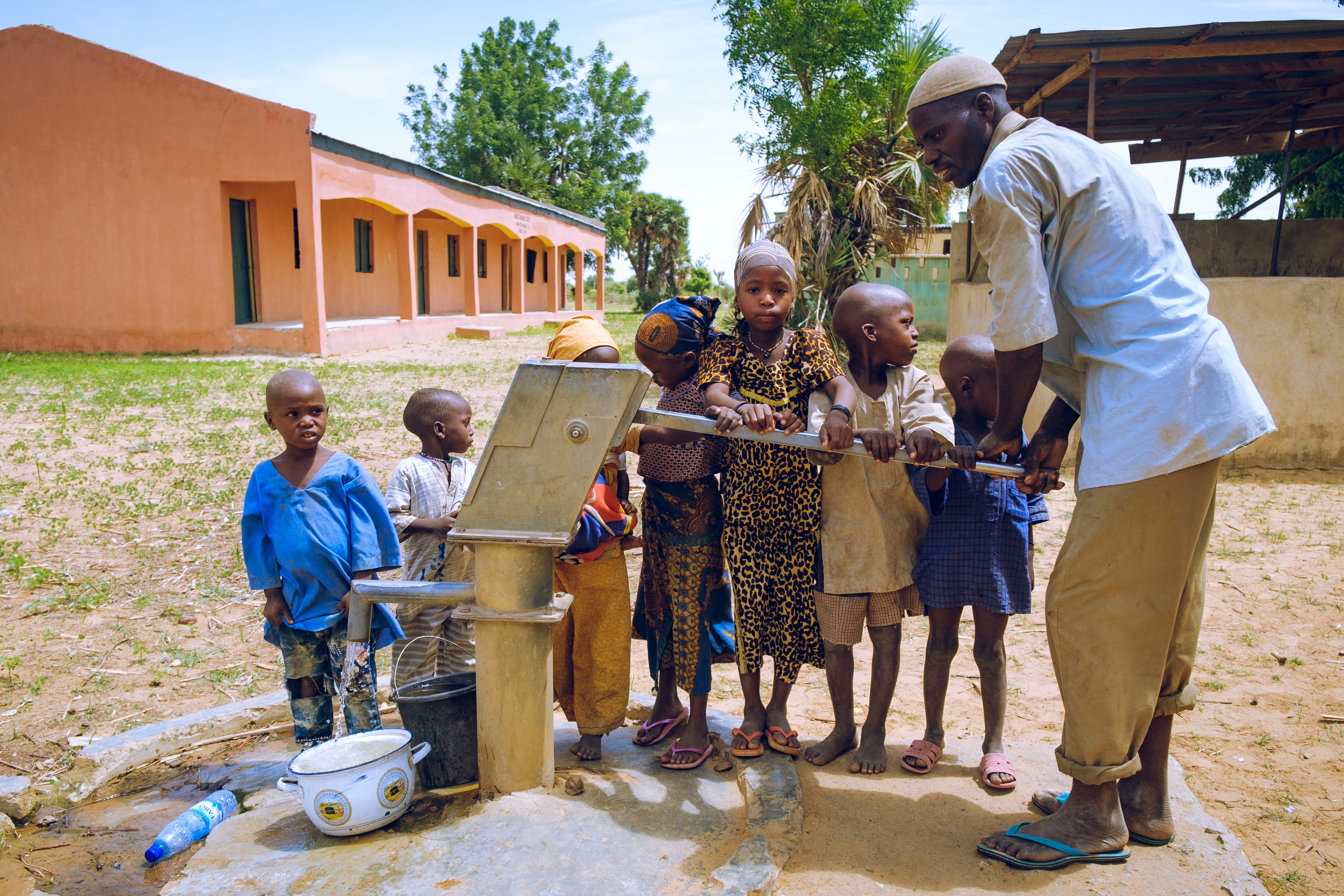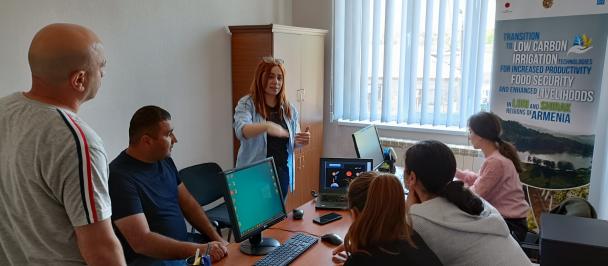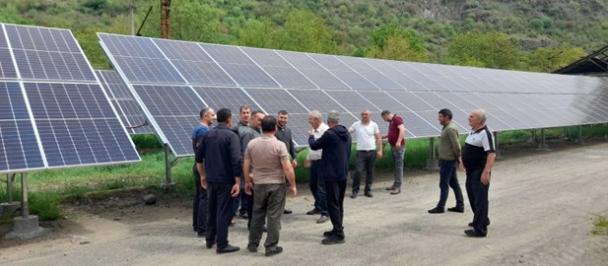Prioritizing Water Investments in Africa's Borderlands: A Path to Resilience and Peace
March 22, 2024

Water scarcity in Africa's borderlands is not a distant concept confined to textbooks; it is a daily battle etched into the lives of millions. As someone entrenched in the realities faced by these communities, working as a Policy Research and Data Specialist at the UNDP's Africa Borderlands Centre, I have witnessed first-hand the unyielding struggles they endure. Borderlands communities’ reliance on natural water sources is threatened by prolonged droughts, exacerbated by inadequate infrastructure. It is an uphill fight against deprivation.
This crisis is not simplistic; it is a tangled web spun from poor governance, archaic systems, and an ongoing struggle for access to reliable water sources. These factors intensify conflicts over scarce resources and function as a significant obstacle to any meaningful progress. Yet, within this labyrinth of challenges, a beacon of hope exists—the integrated water and pasture management initiatives. These programs hinge on collaboration among local, national, and regional stakeholders, striving to pool resources and coordinate efforts—a promising route towards progress and stability in these vulnerable regions.
Investing in water infrastructure and championing integrated water management is not just a band-aid solution; it is a fundamental alignment with the broader Sustainable Development Goals. Thorough research and exploration into empirical literature and policy approaches elucidate the pivotal role these investments play in nurturing resilience within communities.
The gravity of the issue echoes in the numbers: over two billion people worldwide lack access to safe drinking water, and Africa's borderlands endure the challenges occasioned by this scarcity. Diminished water resources directly impact health, livelihoods, and economic growth. These challenges, deeply entrenched in limited and or mismatched resources, necessitate a tailored approach, one that considers the unique geographical and climatic conditions of these regions.
The current water services in arid and semi-arid borderlands fall far short, leaving over forty million people in the Horn of Africa without basic water infrastructure. Communities reliant on rainwater face increased vulnerability to climate shocks, intensifying the struggles of agropastoralists and forcing desperate cross-border migrations in search of water in a quest for survival.
To respond to these pressing water needs, innovative strategies are indispensable. Integrated Water Resource Management (IWRM) stands as a beacon of hope, considering diverse economic patterns, governance systems, and climatic factors. This comprehensive approach does not only foster economic growth or sustain livelihoods but it fortifies resilience in the face of adversity.
Transboundary cooperation offers promise, enabling the application of IWRM principles while nurturing sustainable development. Collaborative endeavors—joint agreements, co-financing, capacity development—are vital to engaging all stakeholders and nurturing trust.
Investments in water infrastructure must prioritize access, equity, and sustainability, especially ensuring safe drinking water for marginalized communities. Embracing indigenous knowledge and citizen science empowers communities in decision-making, fostering a sense of ownership over their water resources.
Equitable water access remains a challenge, especially for marginalized borderland communities left out in national planning efforts. Women and girls shoulder the burden of fetching water over long distances. Their inclusion in decision-making is not only fair but is crucial for enduring sustainable change while building their resilience.
Strategies targeting fairness and efficiency in water usage are vital, involving stakeholders in every stage—from assessment to maintenance. Comprehensive planning, backed by data-driven decisions, is pivotal for ensuring the sustainability of water systems.
Water is not merely a resource; it is the heartbeat of development and resilience. When managed effectively, water resources have the power to transform lives and foster stability. However, with the dual pressures of population growth and climate change, the need for robust infrastructure and policies supporting water availability becomes ever more urgent, particularly for agriculture and livestock—the economic backbone of borderland communities.
Integrated water resource management presents a panoramic view, addressing economic, social, and environmental facets. It treats water as an economic asset, supporting social equity, environmental sustainability, and human well-being. This adaptable approach hinges on stakeholder engagement and adaptive governance.
Adaptive water governance—a cornerstone of IWRM—requires inclusive decision-making, prioritizing community resilience, and integrating indigenous knowledge. It nurtures peaceful coexistence and collaboration among diverse stakeholders and ensures policies cater to the needs of often marginalized groups.
The water crisis in Africa's borderlands is not just a challenge; it is a clarion call for immediate and comprehensive action. Prioritizing sustainable and equitable water resources is vital for nurturing development and stability. Integrated water resource management, supported by strategic investments and collaboration among stakeholders, provides a pathway toward addressing the pressing water needs of these vulnerable communities, steering us toward a sustainable peaceful future.
About the Author: Lily Murei, PhD, is the Policy Research and Data Specialist at the United Nations Development Programme, Africa Borderlands Centre, Resilience Hub for Africa

 Locations
Locations

